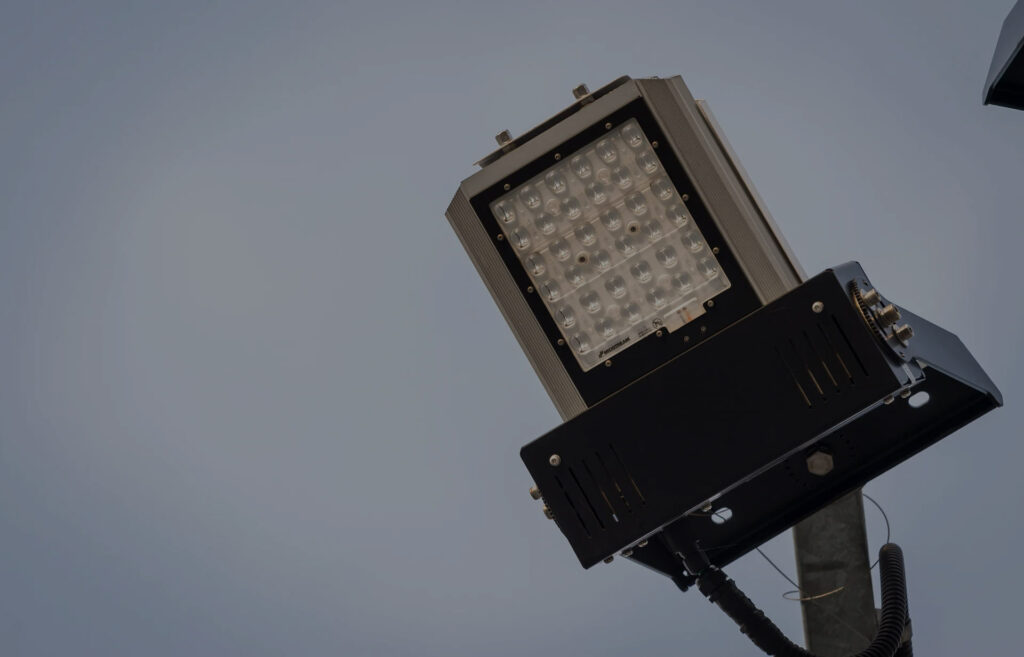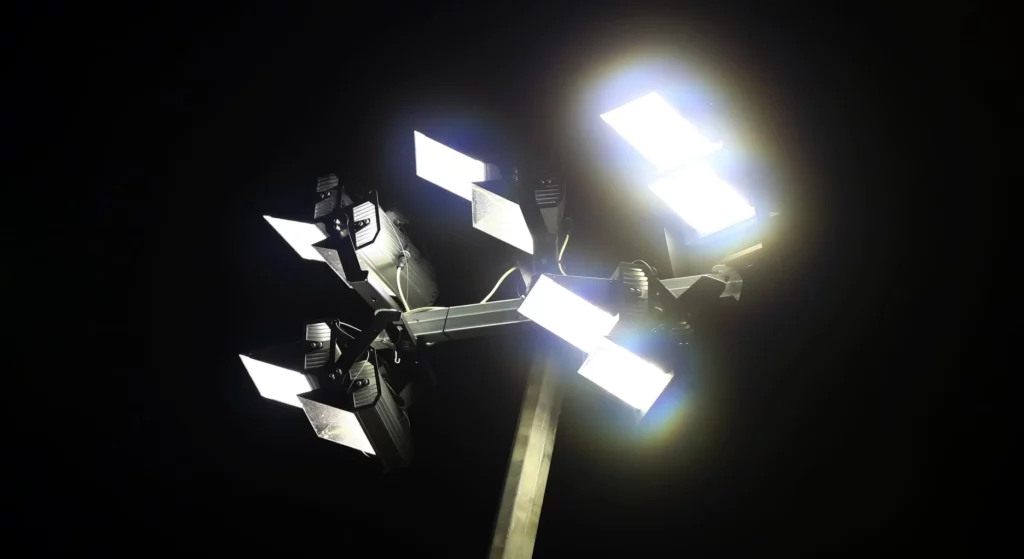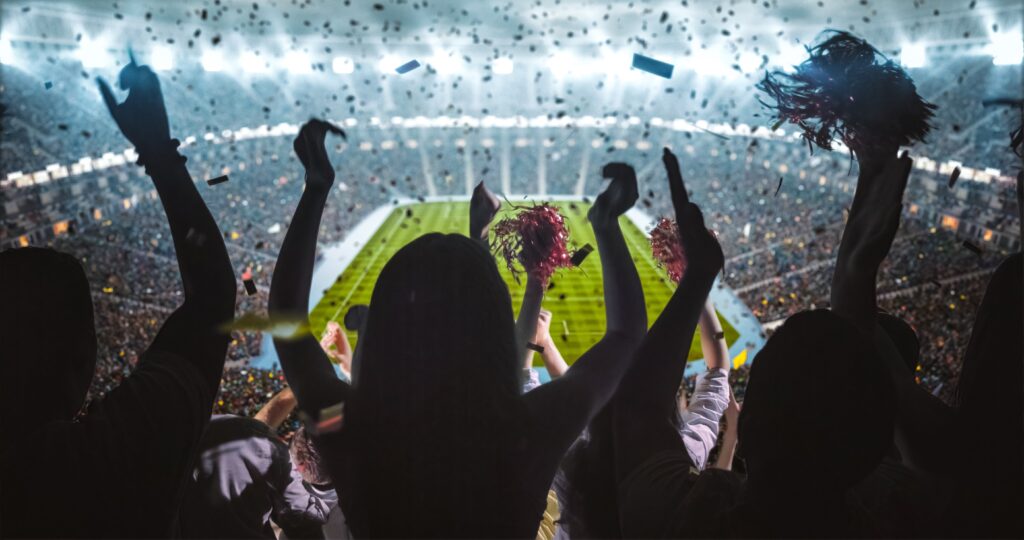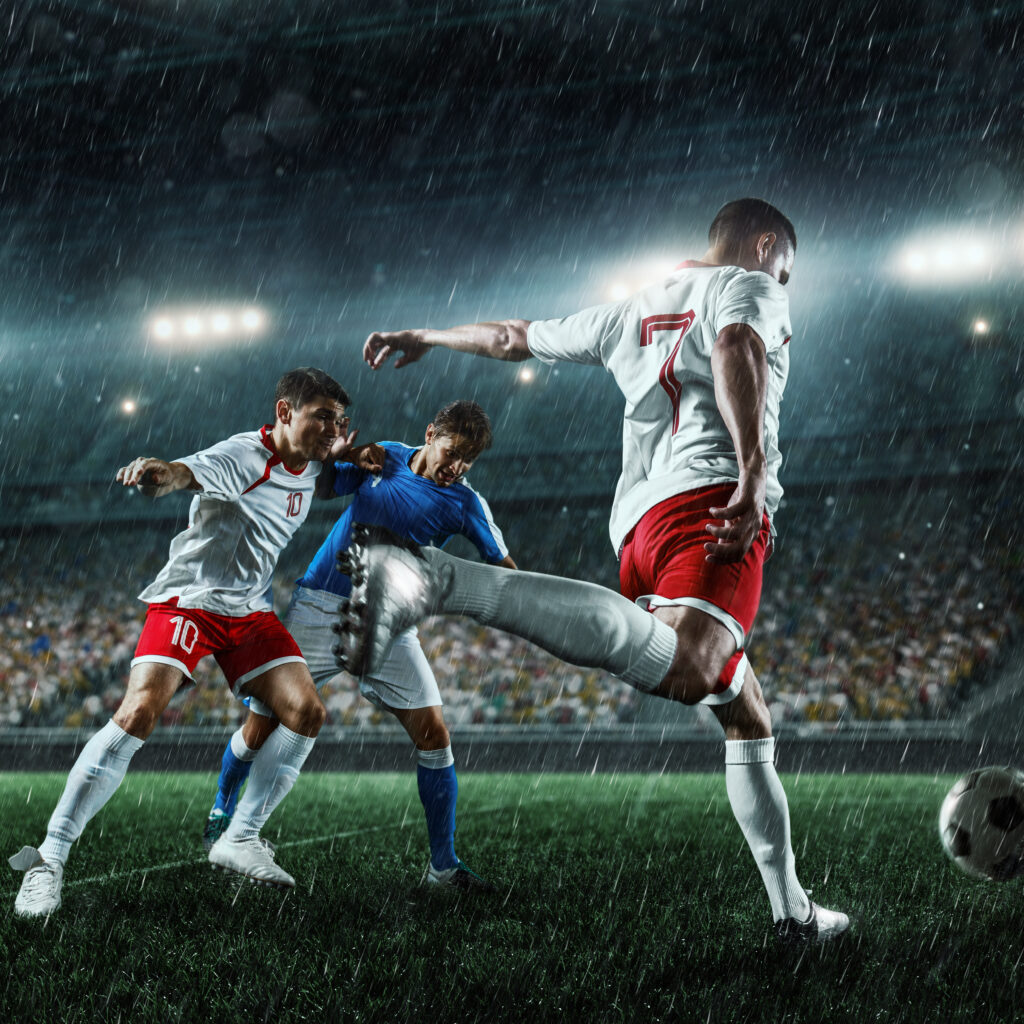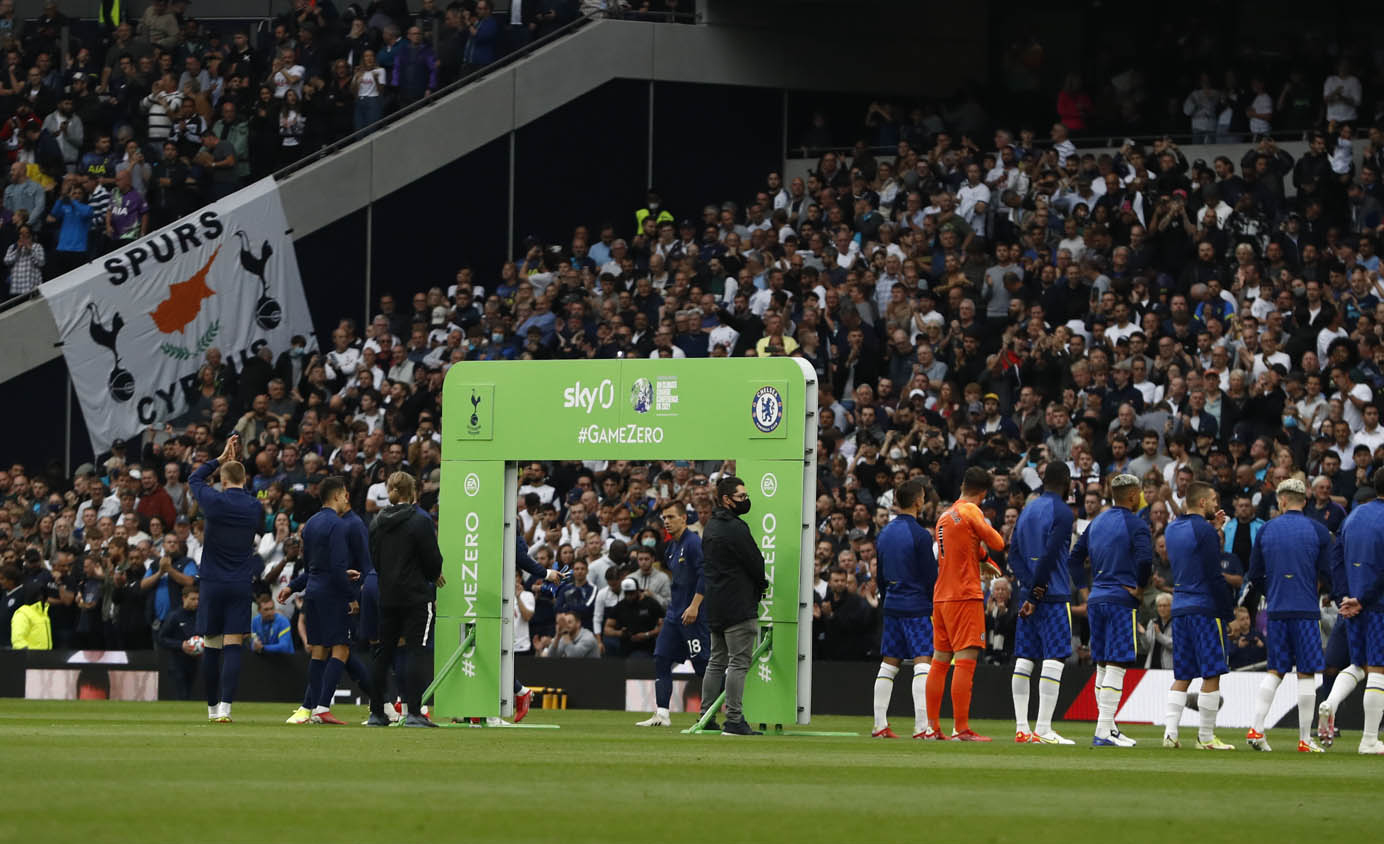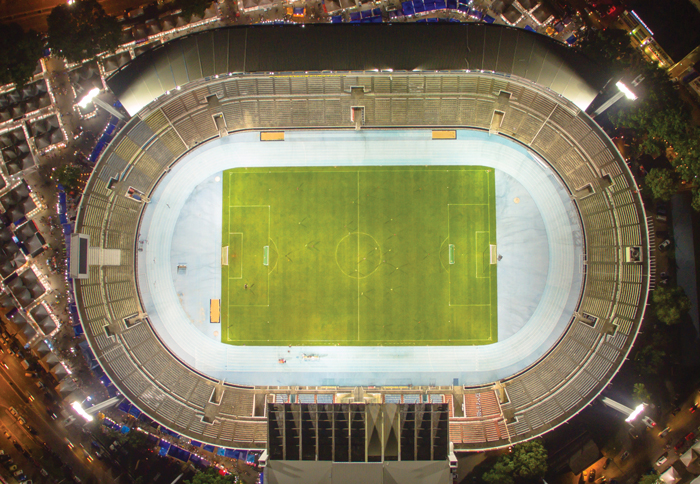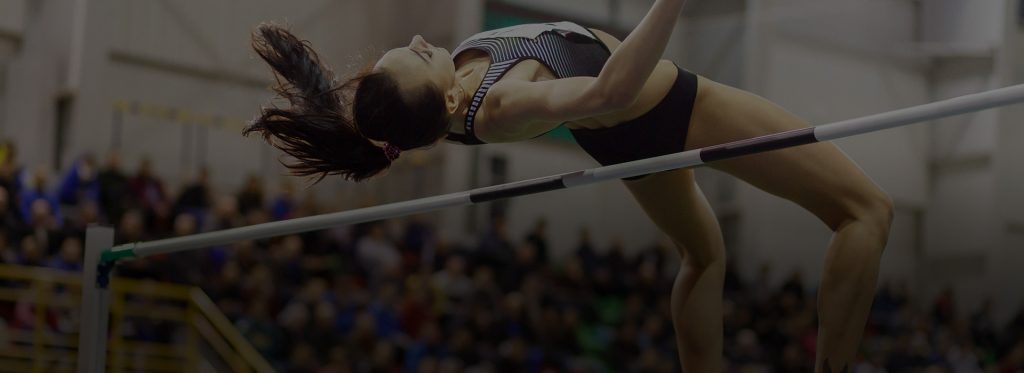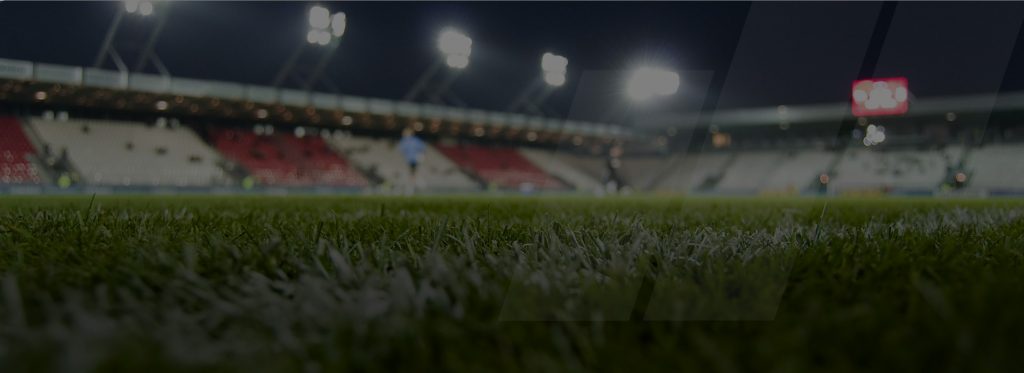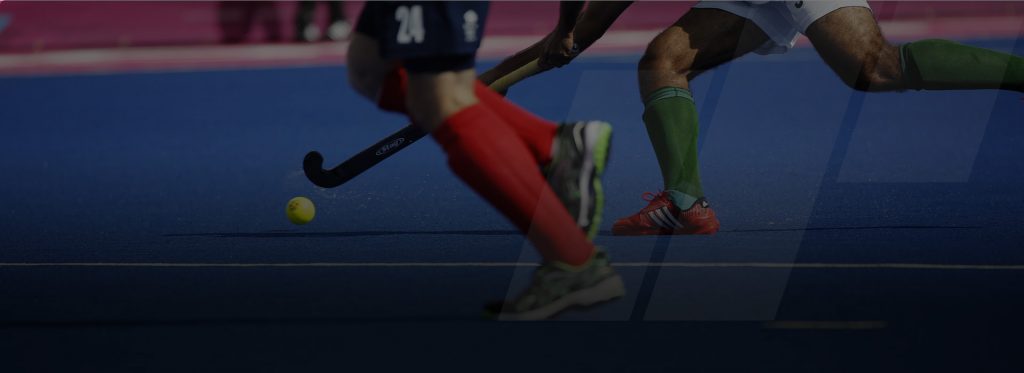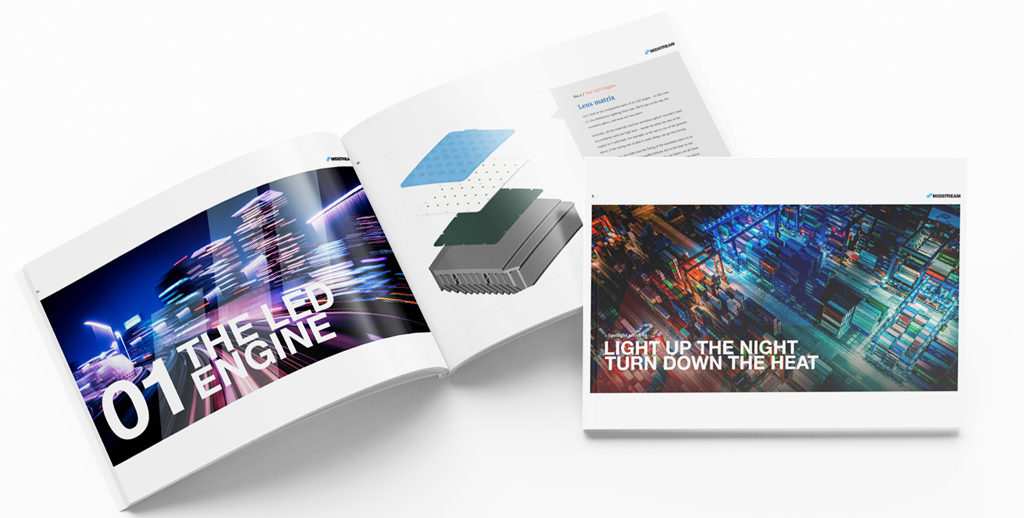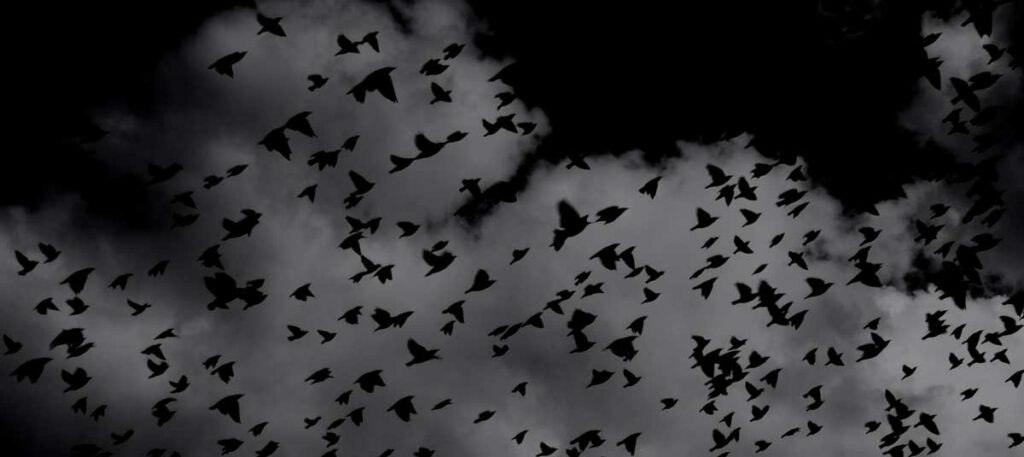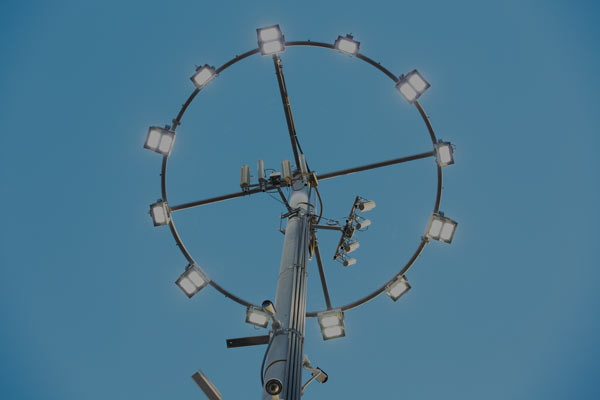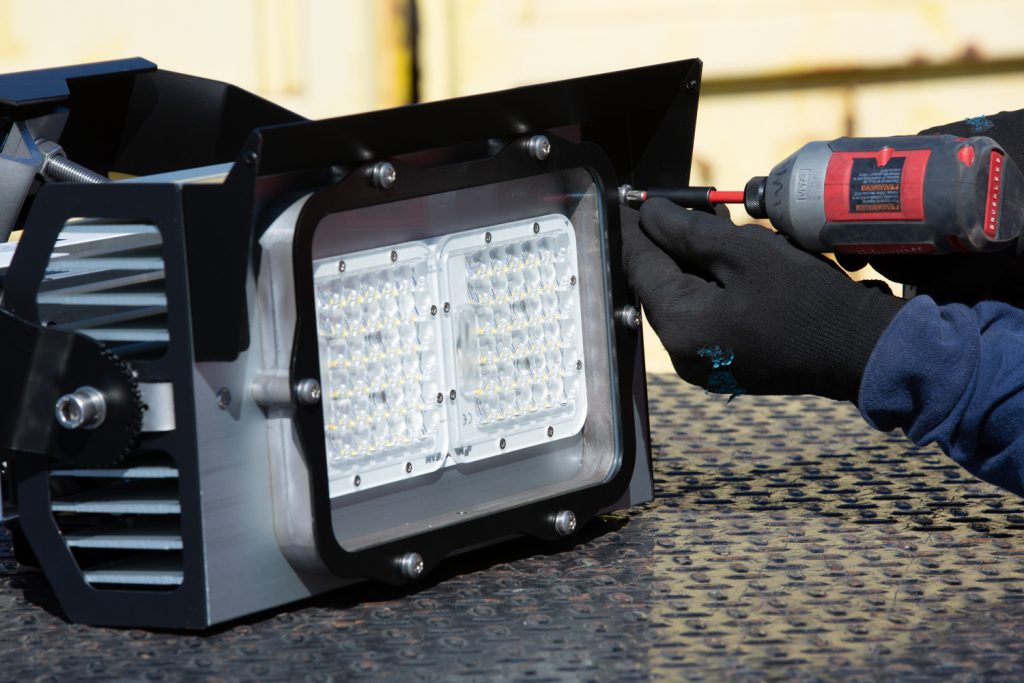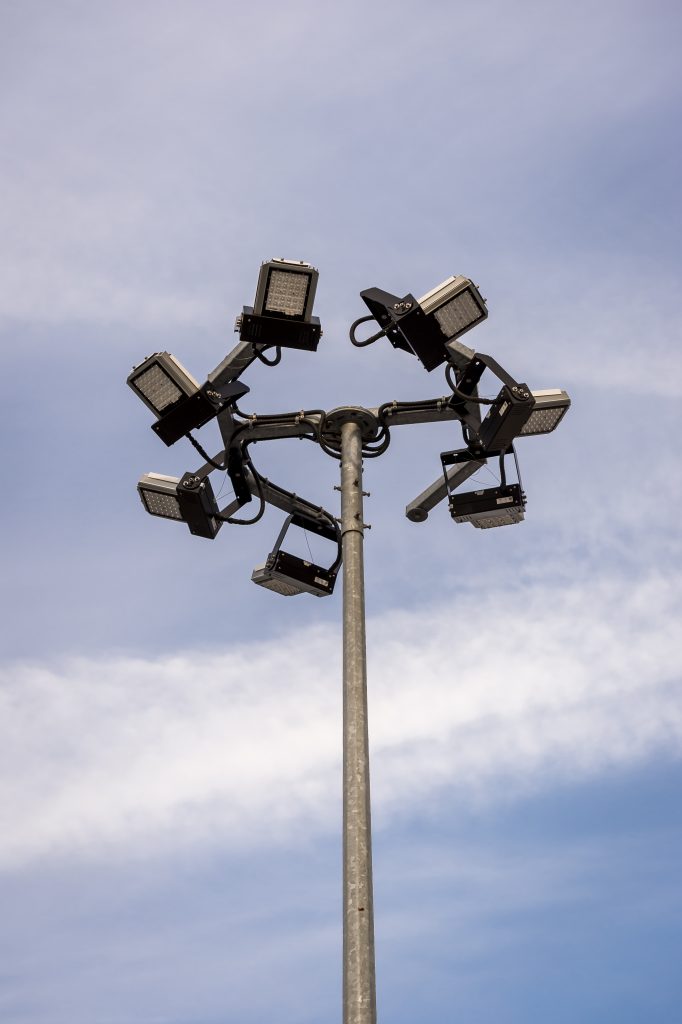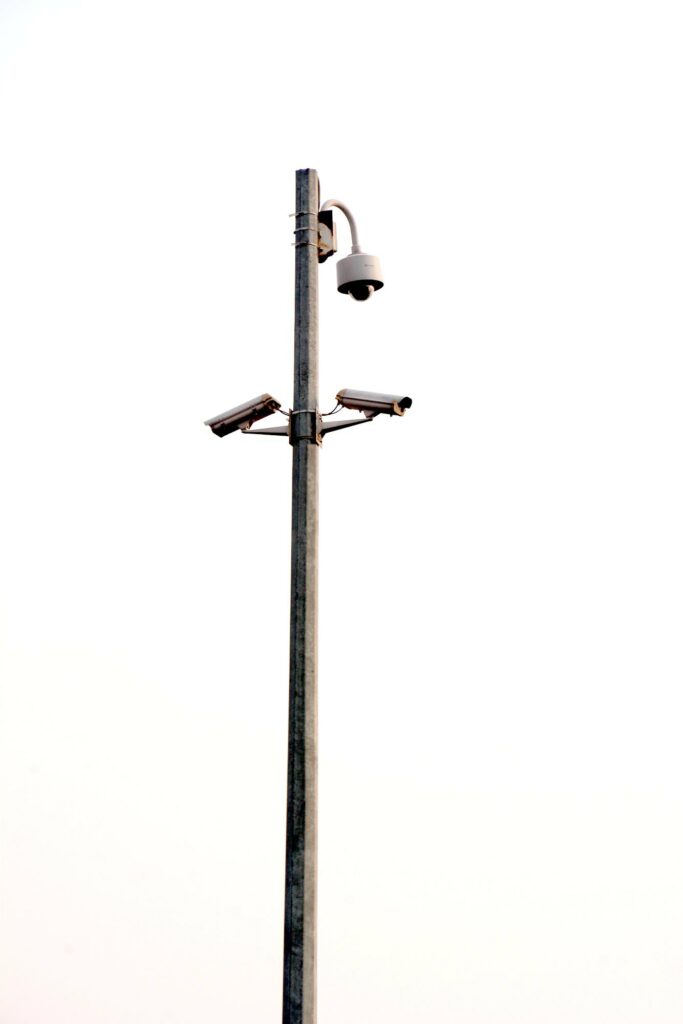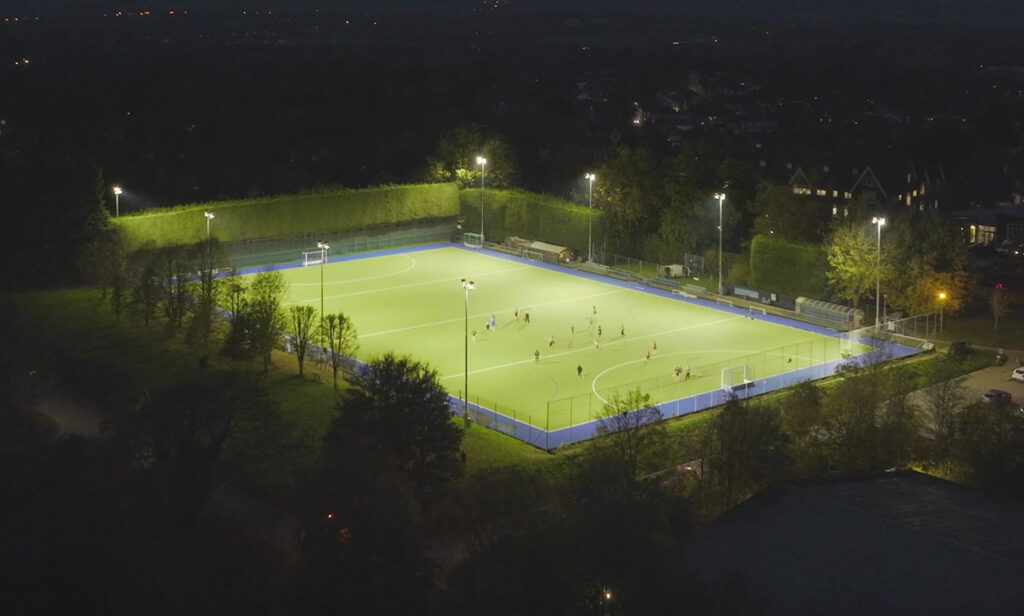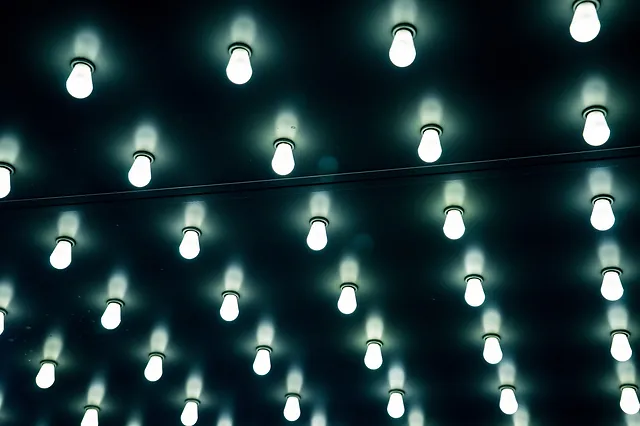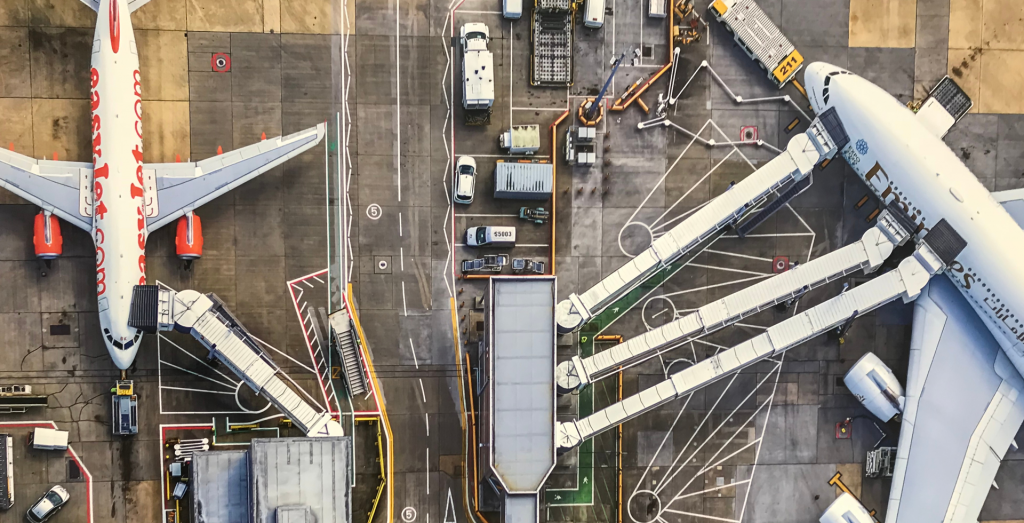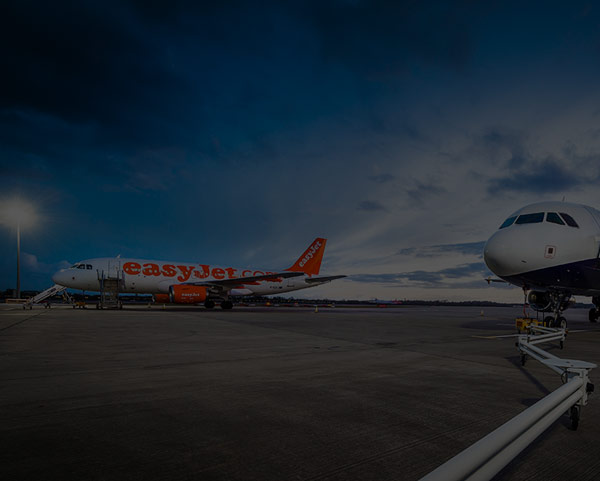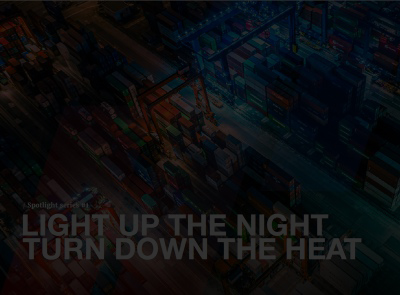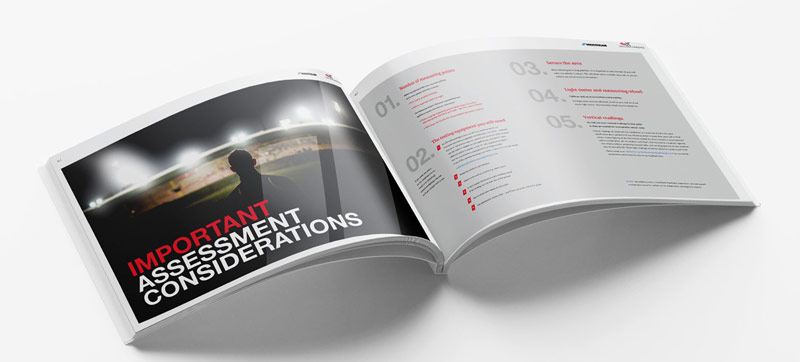One of the many great things about our partnership with England Hockey is that we get to hear first-hand what some of its members are thinking when it comes to lighting. And while those issues vary from club to club, some questions come up time and time again.
In this post, Patrick Daly – Midstream’s National Sales Manager – shares his responses to some of the most frequently asked questions from clubs across the country.
Are LED-based lighting solutions expensive? Can we afford to switch to LED?
With the current situation regarding energy prices and inflation, a better question might be whether you can afford not to. With the energy price cap lifting again October, we’re seeing some clubs expecting their running costs to double. For those using outdated, inefficient floodlights like metal halide ones, the case for change is going to be particularly strong.
“It’s also important to know that the cost of LEDs has fallen considerably over the past five years or so. Like any new technology, LEDs carried a premium when they first hit the market. But we’re now well beyond the tipping point, and LEDs are both cheaper overall and a lot more cost effective than other lights over the long term too.
Will LED lights really save us money? When will we start to see a return?
Absolutely. On many of the hockey projects I’ve worked on – probably the majority, in fact – replacing metal halide lights with LED ones means the club has halved their energy use. As you can imagine, that has an enormous impact on cost. Maintenance costs for LEDs also tend to be considerably lower.
“As to how quickly you’ll see a return, that varies from club to club. As a general rule, hockey clubs tend to see a faster return on their lighting investments than other sports. That’s due to the fact that they use more floodlights overall, and that they use them more often – so the energy savings mount up quicker. It’s not uncommon for clubs to start seeing a return within the first five years of use.
My lights are not working in one corner. Do I really need to replace them?
Probably, but not necessarily. The key factor at play here is something that we call ‘uniformity’. In any sport, but particularly in hockey where the game moves quickly and the ball can be hard to see, you want good uniformity because that means there won’t be parts of the pitch where light levels fluctuate – something that can be bad from a safety perspective.
The best thing to do in this case is speak to an expert. At Midstream, we always work with existing infrastructure whenever we can, because it’s more cost effective for the club. So if you have some lights that are genuinely fine and – more importantly – up to the same standard as the new ones that we’d fit, then as long as the uniformity doesn’t suffer then they may be okay to retain.
How often do I need to have my LED lights maintained or cleaned?
With LED lights, this largely comes down to the manufacturer. With our LEDs for instance, we offer a 10 year guarantee that covers you regardless of whether you carry out maintenance or not. We know that clubs are busy, and we know that they don’t need the extra hassle of having to meet certain requirements just to keep their warranty active. Some manufacturers do insist that you sign up to a service contract in order not to invalidate your warranty, so that’s always worth checking.
How often you clean your lights really comes down to how invested you are in keeping them in peak condition. We always recommend that you try to clean your lights every 2-3 years to keep them performing as their best. If you’re going to do that regularly, consider opting for a base-hinged mast to make things easier.
Should I think about light spill when planning my hockey lighting?
Particularly in England where hockey pitches tend to be based in highly populated areas light spill can be a big concern for clubs. Light spill is mainly the result of using the wrong fitting, or not using dedicated sports lighting. With purpose built lighting solutions, there are plenty of ways to ensure that they only illuminate what they should – cowls, shielding, hoods, mast height, and even fencing where necessary.
One of the other issues here is ecology, and specifically bats. As a protected species, there are lots of restrictions placed on anything that might disturb their habitat. For clubs with an existing lighting solution in place though, something dramatic would had to have changed between that previous installation and the upgrade for planning not to be granted. And we actually help a number of clubs through the planning process, too.
Should I think about light spill when planning my hockey lighting?
Particularly in England where hockey pitches tend to be based in highly populated areas light spill can be a big concern for clubs. Light spill is mainly the result of using the wrong fitting, or not using dedicated sports lighting. With purpose built lighting solutions, there are plenty of ways to ensure that they only illuminate what they should – cowls, shielding, hoods, mast height, and even fencing where necessary.
One of the other issues here is ecology, and specifically bats. As a protected species, there are lots of restrictions placed on anything that might disturb their habitat. For clubs with an existing lighting solution in place though, something dramatic would had to have changed between that previous installation and the upgrade for planning not to be granted. And we actually help a number of clubs through the planning process, too.
Do we have to replace our masts if we upgrade to LED?
This is an interesting question because the answer can vary based on the floodlights you choose. There’s a general perception that LED floodlights are big, heavy objects that need specific masts to support their weight. And, in a lot of cases, that’s true – which means that the club needs new masts as well as new lights.
The way that we build our LEDs at Midstream, though, means that they’re designed to mirror the size and weight of the luminaires that most hockey clubs already have. That means that we’re much more likely to be able to carry out what’s known as a ‘retrofit’ solution – one where we can retain the masts and just install new floodlights. For reference, that can save as much as 50% of the cost on a typical project.
Do sports LED lights come on instantly?
Yes they do, and that’s another good reason to switch from metal-halide floodlights. Once you switch a metal halide light on, it can take about 20 minutes to get up to its full lighting level, which is a waste of both time and power. What’s worse is that if you accidentally switch that light off, you then need to wait the same amount of time while it warms up again.
There are two other advantages here as well. Firstly, if your venue has a pitch that you hire out, you can just switch the lights off when there’s a gap between bookings. Alongside that, LEDs can also be dimmed for other sports that may not need as high lighting levels. Both of those things can help to save you money
Do we need to get our facility rewired for LED lighting?
In the vast majority of cases, you don’t. Because we’re typically reducing the amount of power needed to run a club’s lighting system, the cables they already have tend to be suitably sized to take new LEDs without any problem. All we normally need in that instance is an up to date Electrical Installation Condition Report (EICR) provide by an electrician to ensure that everything is as it should be. If clubs don’t have an EICR we can recommend a local electrican.
Generally, the only time this really becomes an issue is when a club is completely rethinking what they want their lighting to do for them. If they want to massively increase their lighting levels for instance, and they’ve only had relatively low-power solutions so far, they might need to look at some element of rewiring.
